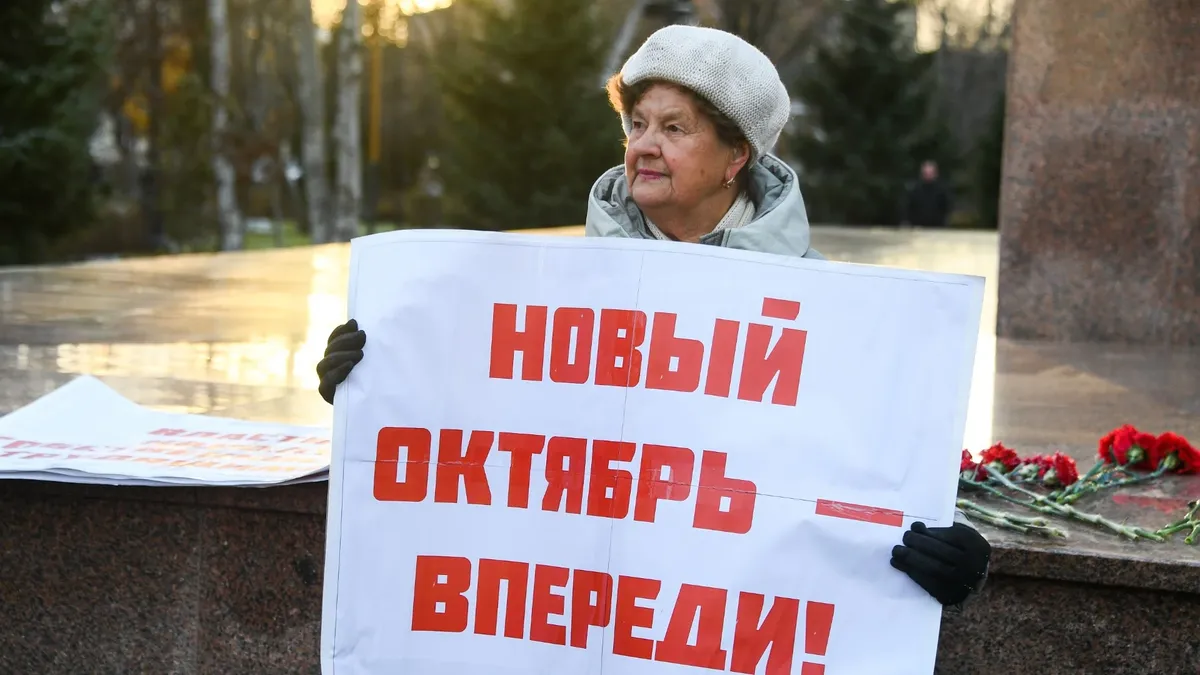Volga Tatars in Iran Being Turkmenified
Volga Tatars in Iran Being Turkmenified
By Paul Goble
Many observers are aware that ethnic Azerbaijanis constitute more than a quarter of the population of Iran, but fewer have taken note of the fact that other Turkic groups from the Russian Empire, the Soviet Union and the Russian Federation are present in that country and are undergoing some remarkable ethnic and political transformations. Perhaps the largest of these, and certainly the one with the most resonance in Russia today, are the Volga Tatars, who arrived in several waves over the last century but who are treated by the Iranians as Turkmens and, consequently, are being “Turkmenified.”
A rare window on that community was recently provided by Kazan’s Real Timenews agency, which has both interviewed specialists on Turkic groups in Iran and conducted its own research into a national diaspora few have ever heard of (Real Time, June 2, 3). The reason for this new focus lies in Kazan not Iran: Recently, under pressure from Moscow, Kazan Federal University closed its Tatar studies faculty; and the Real Time news agency has been publishing materials on Tatar communities abroad in order to make the argument that Kazan needs to restore that scholarly center in order to keep track of developments across the Volga Tatar world.
Volga Tatars have resided in what is now Iran for more than a millennium, but the largest recent group to arrive was composed of those who fled Soviet power in the 1920s and 1930s, for religious or ethnic reasons. No one knows exactly how many Volga Tatars live in Iran. (Some estimates put their number in Iran as high as 30,000.) The Iranian census avoids asking about ethnic identities. And according to experts like Gorgun University’s Arazmuhamad Sarly, himself an ethnic Turkmen, many of the Volga Tatars have assimilated to the Turkmen community and are viewed both by most Turkmens and almost all Persians as part of that community given that they have learned Turkmen, intermarry routinely, and share culture activities. One of the few remaining distinctions is that, in many places, the Volga Tatars still prefer to be buried in their own national cemeteries (Real Time, June 2).
Turkmen-language publications currently exist in Iran, and many of them contain stories about the Volga Tatars in Iran and in their homeland. But so far, according to Sarly, the Volga Tatars of Iran do not have their own publications or public associations, preferring instead to participate in those of the Turkmens, who are estimated to number as many as 100,000 in Iran. The Turkmen scholar told the Kazan news agency that he would welcome cooperation with Tatarstani scholars to study this group (Real Time, June 2).
It will be interesting to see whether Moscow promotes or allows such contacts to take place. On the one hand, the Russian government would certainly like to have more information about a potential ally, however small, within Iran that it could use to pressure Tehran. But on the other, Moscow may be quite reluctant to allow Tatarstan to be the point of contact because of the possibility that religious influence could flow from Iran into the Middle Volga region.


